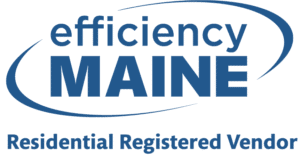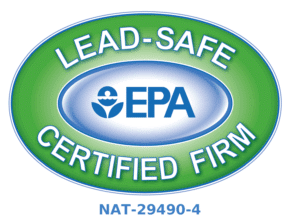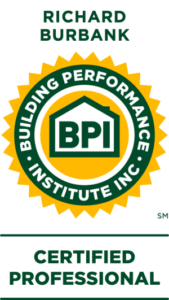While “it could be worse” is hardly a ringing endorsement of energy efficiency across the U.S. economy, it, well, could be worse. ACEEE’s first annual assessment of 15 national indicators showed that we’re moving – slowly and unsteadily – down the right path. The question is whether we can pick up the pace before we fall too far behind the international community.
ACEEE calls energy efficiency “key to economic prosperity and competitiveness” because the most energy efficient countries minimize waste and maximize output. In 2012, when the U.S. ranked 9th out of the 12 largest world economies, ACEEE decided to take a hard look at where we stand.
The results are complicated, mixed, and uninspiring.
Standards for new appliances and fuel economy are up, more state codes are building efficiency into homes and commercial buildings, and state-level efficiency programs have delivered some real savings. Most indicators showed little to no improvement, though, and what progress there is doesn’t seem stable.
To understand why, take a look at one of the so-called areas of meaningful progress: state-level efficiency programs. This assessment is based on 2010-2011 programs, which may not continue given the minimal increase in program budgets in 2012. Maine is an unfortunate poster child for this trend, backing off its investment in energy efficiency despite measurable success.
The ACEEE report calls for aggressive, consistent national leadership to accelerate efficiency across all sectors of the economy. Meandering along isn’t going to be enough.
